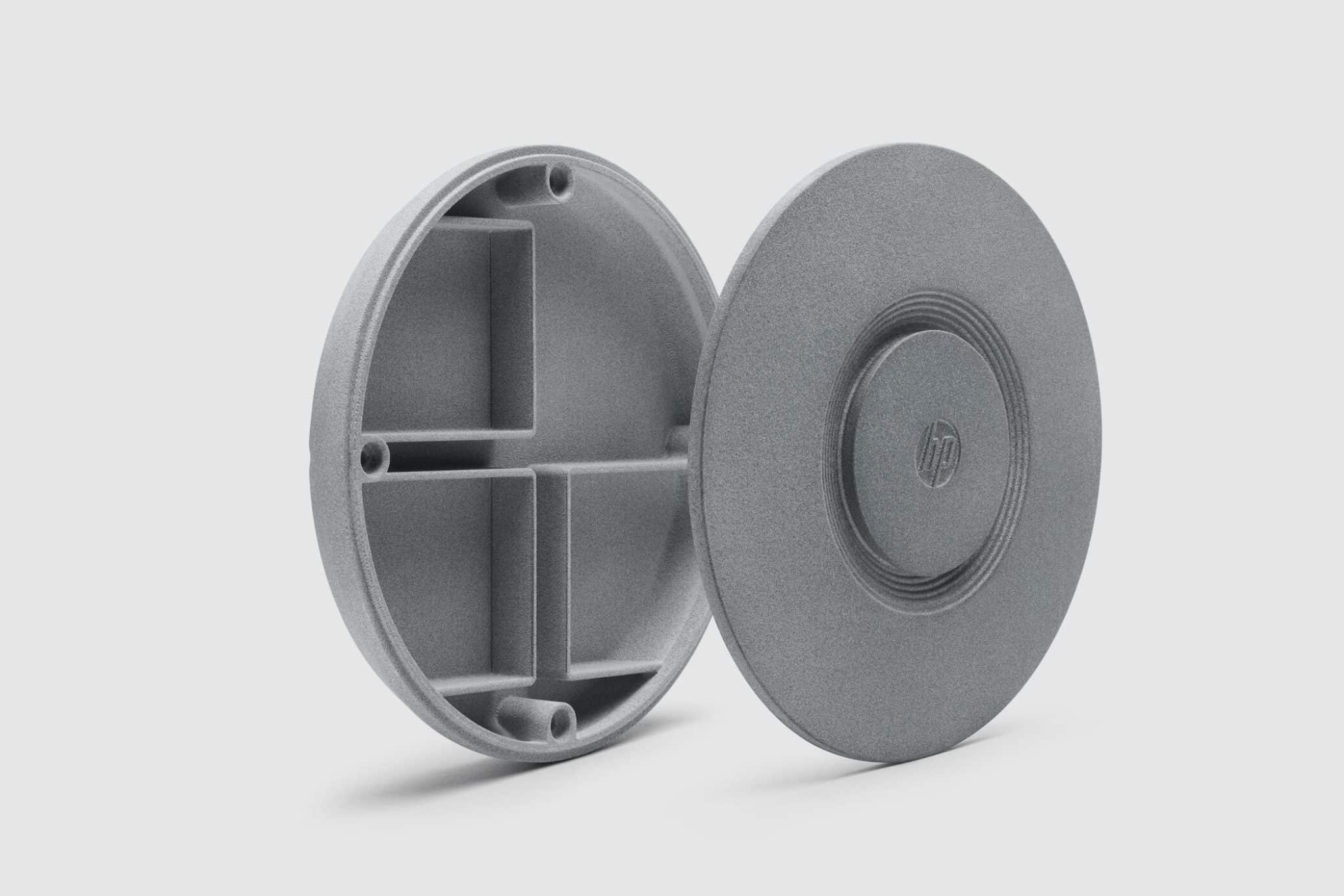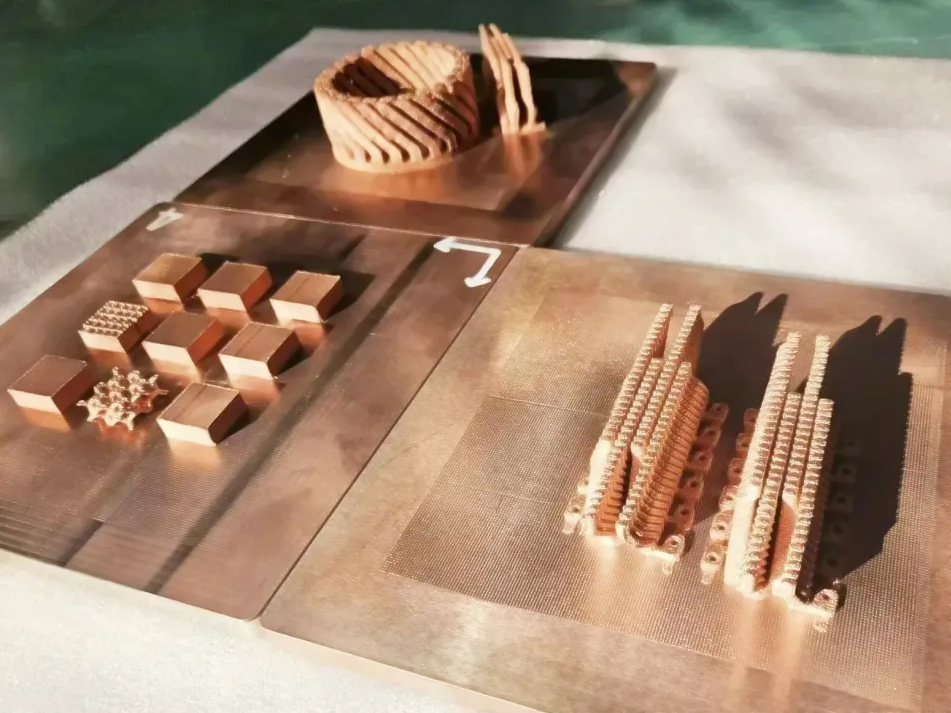How do plastic 3D printed parts compare to traditionally manufactured parts?
Comparison of Plastic 3D Printed Parts vs. Traditionally Manufactured Parts
Strength and Mechanical Properties
Plastic 3D printed parts typically demonstrate comparable mechanical strength to traditionally manufactured parts, particularly when utilizing advanced materials such as Polycarbonate (PC) or Polyether Ether Ketone (PEEK). However, traditional injection molded components usually exhibit more consistent isotropic properties due to uniform material distribution, whereas 3D printed parts can have anisotropic properties, influenced by layer orientation.
Dimensional Accuracy and Surface Finish
Traditionally manufactured plastic parts, especially those produced by injection molding or CNC machining, generally achieve tighter tolerances (±0.05 mm to ±0.1 mm) and smoother surface finishes (Ra 0.8–3.2 μm). Plastic 3D printed parts, using technologies such as Stereolithography (SLA) and PolyJet, offer good accuracy (±0.1 mm to ±0.3 mm) and surface quality (Ra 3.2–12.5 μm), though typically require post-processing methods like polishing or sandblasting to achieve similar aesthetics.
Complexity and Design Freedom
Plastic 3D printing surpasses traditional manufacturing in design complexity and freedom. Technologies such as Selective Laser Sintering (SLS) and Multi Jet Fusion (MJF) allow intricate internal channels, lightweight lattice structures, and highly customized geometries without increased production costs. Conversely, traditional methods often necessitate costly and complex tooling modifications to achieve comparable designs.
Production Volume and Cost Efficiency
3D printing excels in small-batch production (1–1000 units) due to minimal tooling costs and quick turnaround. Traditional methods like injection molding are economically beneficial only at higher volumes (generally above 1,000 units), where initial tooling costs are offset by the scale of production. This makes 3D printing ideal for rapid prototyping, customized components, or limited production runs.
Lead Time and Flexibility
Plastic 3D printing significantly shortens lead times, typically delivering parts within a few days. Traditional methods, including injection molding, often involve weeks of lead time for tooling production, initial setup, and testing. The inherent digital workflow of 3D printing allows easy adjustments and rapid iterations, enhancing flexibility for product development and innovation.
Recommended Services for Plastic 3D Printed Parts at Neway
To best leverage the capabilities of plastic 3D printing, Neway provides:
Advanced Plastic Materials and Technologies: Choose from premium materials including Nylon (PA), ABS, and PEEK, compatible with leading technologies such as FDM, SLS, and MJF.
Precision Post-Processing: Achieve higher quality finishes and tighter tolerances with post-processing options like CNC machining, painting, and UV coating.
Expert Design and Engineering Consultation: Optimize part performance and manufacturability with guidance from our engineering team specialized in rapid prototyping, manufacturing and tooling, and specific industry applications like consumer electronics.



